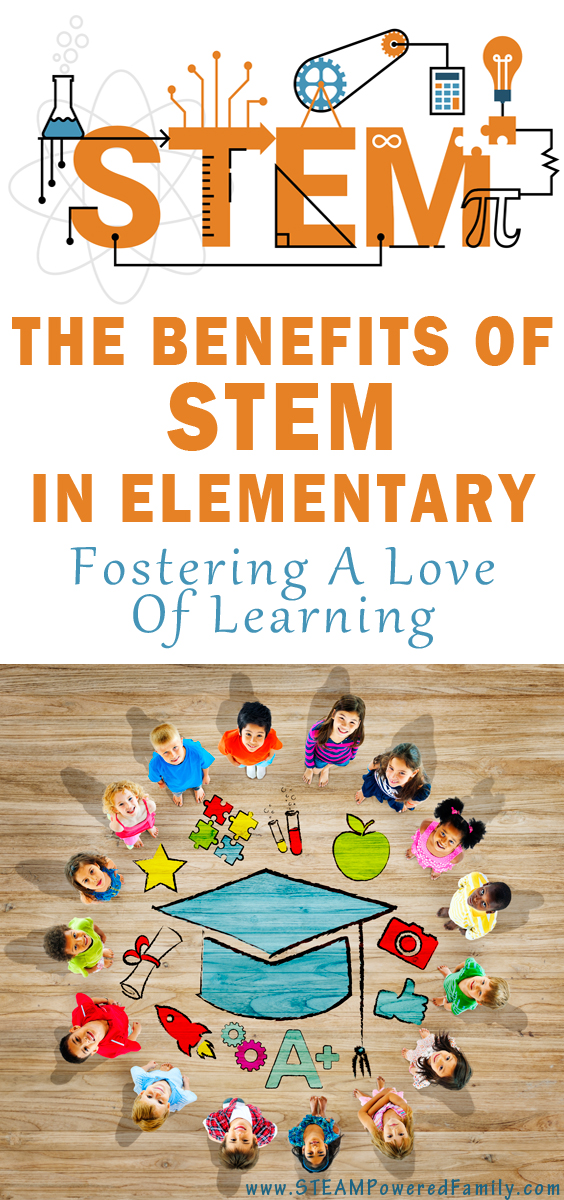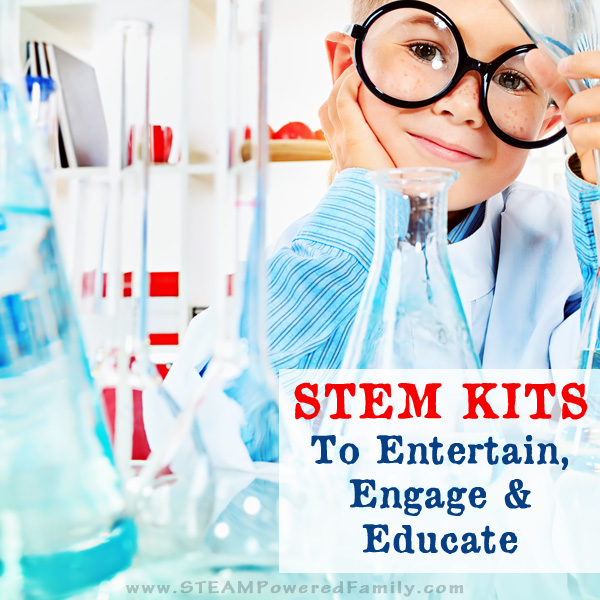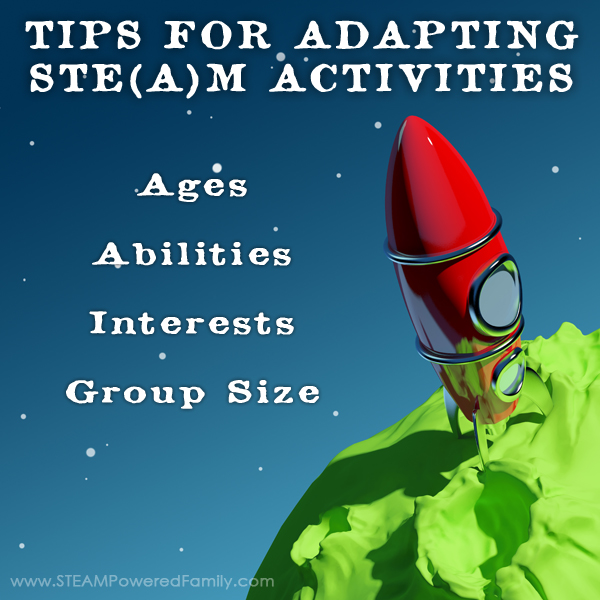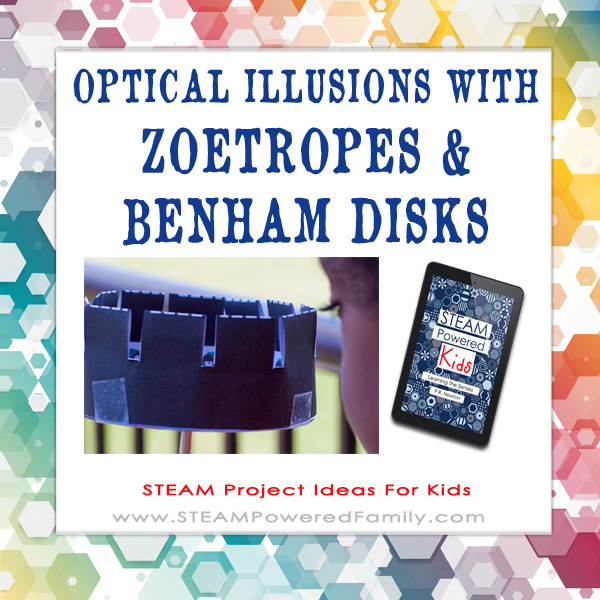The Benefits of STEM in Elementary
What are the benefits of STEM in elementary lessons? It’s a common question, especially for those new to the principles of STEM. Bringing STEM activities (and STEAM) into the lessons of elementary students is not as intimidating as it sounds. In fact, creating STEM activities and lesson plans brings benefits to all students, at all levels of ability, creating a truly inclusive and effective educational opportunity.
Disclaimer: This post contains affiliate links
Before we start a quick background for those new to STEM. STEM stands for Science, Technology, Engineering and Math. STEAM is the addition of Arts. Each subject or pillar is part of the greater whole of the lesson plan. So instead of teaching math as separate from technology or science, the concepts work together. Creating an interdisciplinary approach to instruction that resembles knowledge use in real life.
What is the number 1 benefit of STEM in elementary?
I’m going to lay it out real quick for you. The biggest reason STEM activities and programs are critical in elementary? Because it fosters a lifelong love of learning.
If an education destroys a students love of learning, then it has failed.
It sounds harsh, but we live in an age where continually growing, developing and learning is critical to success. I struggle to think of any fields where things are not changing due to technology. Where professional development and growth is not part of job description.
Students must come out of the school system and into the world with a love of learning. If they do not have a drive and passion to learn, then they will struggle in the real world.
The greatest benefit of STEM is that it fosters that love of learning. Instilling that passion and drive to learn is at it’s most crucial stage during the elementary years.
Before elementary children often have a wonderful sense of curiosity and inquisitiveness that naturally leads them into exploring and learning. It is during the elementary years that this is often sadly lost.
How many parents have watched as their child enters the school system, so excited to attend and learn, but by the time they leave elementary they hate school. Complain bitterly about going every day. Children hate school and learning. It’s normal… right? NO!
The education system is failing students if they are learning to hate learning at school.
That is why STEM in elementary is so important. The greatest gift we can give students during the elementary years is a driving curiosity, a belief in their abilities, a thirst for knowledge, and a passion to grow. With these skills in their toolbox, they will be equipped to tackle the challenges of higher education and the real world. No matter where their life journey takes them.
But STEM is only for scientists, Silicon Valley or MIT, right?
It’s easy to get confused and think STEM is only about geeks in lab coats or disciplines that have long names no one can pronounce. STEM is something everyone can learn and benefit from. STEM is an approach to lesson planning that presents lessons in an interdisciplinary way.
Cooking is a great example of STEM. Picture baking a cake. To be successful you need to apply the right conditions for the right chemical reactions to occur. You need to use math to ensure all your measurements are exact. You may use digital thermometers or scales. If you are really adventurous, you may spend a lot of time engineering the cake into a recognizable shape. Finally you can bring in the arts (making it a STEAM activity) as you apply your icing in a way that makes your creation beautiful and appetizing.
Baking BREAD is a STEM activity!
Don’t be fooled into thinking STEM activities are only for a select few. STEM is all around us. Accessible and beneficial to everyone.
How does STEM in elementary create a love of learning?
A quality STEM program provides the following benefits:
~ It is motivating, engaging, real-world inspired. Knowledge is taught the way it is used in the real world, with concepts and subjects interwoven seamlessly.
~ Students integrate and apply meaningful and important content. There is purpose and reason behind everything taught and learned. In short, it makes sense!
~ Students engage and apply concepts in a deeper, more thorough way, leading to a greater understanding of the concepts.
~ STEAM is creative and adaptable, making it accessible to children of all levels of ability. Even within one team, various ability levels can work together and learn together.
~ The teaching methods are inquiry-based, process-focused, and student-centered.
~ Lessons incorporate interest led investigations that provide students with ownership over their learning.
~ Teamwork, collaboration and communication is a major focus.
~ Students have the freedom to thinking critically, creatively and to innovative.
~ Opportunities are provided for students to fail and try again in a safe environment.
~ STEAM embraces the 4 C’s identified as key 21st century skills – Creativity, Collaboration, Critical Thinking, and Communication.
~ STEM lessons are an excellent way of reducing classroom anxiety and stress.
Once you understand STEM programs, how they work, and have seen the benefits they provide, it is easy to see why all children can benefit from a STEM program in elementary.
Recommended STEM Reads
STEAM Kids: 50+ Science / Technology / Engineering / ArtMaker Lab: 28 Super Cool Projects: Build * Invent *
STEAM Powered Kids – Learning The Senses
Tinkerlab: A Hands-On Guide for Little Inventors
&






